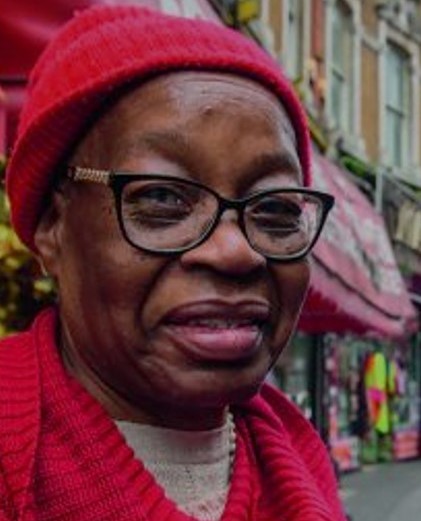
About the course
The purpose of the course is to introduce you to selected ways in which human geographers seek to understand cities. Throughout you will focus on the relationship between people and place. Primarily engaging with London, you will consider how the city has been shaped over time by its people and how, in turn the city experience has shaped and continues to shape the lives of those who live there.
You will look at how the city is described, imagined and planned through official discourses. And at how people create a sense of place, of self and of others in the city. In the Autumn Term you will think about the relationship between planning, architecture, design and people’s identities. And in the Winter Term you will look at the relationship between infrastructure and people. Throughout you will look at how human geographers engage with the lived experience of the city through the lens of, for example, ethnicity, class, and sexual identity.
The course seeks to complement your courses in methods and theory in human geography by giving you an opportunity to ground that material in a study of London. You will be able to develop and apply theories of, for example, place, territory, landscape, and migration. And you will engage with a range of methods for geographical research, including the use of walking, archives and the arts. You will also be encouraged to reflect on your personal geography of and relationship with the city.
By the end of the course, you will be able to employ selected concepts and methods from human geography to develop arguments on the relationship between people and place (paying particular attention to the significance of ethnicity, class, sexual identity & faith), including the relationship between a city’s population, the physical form and infrastructure.
